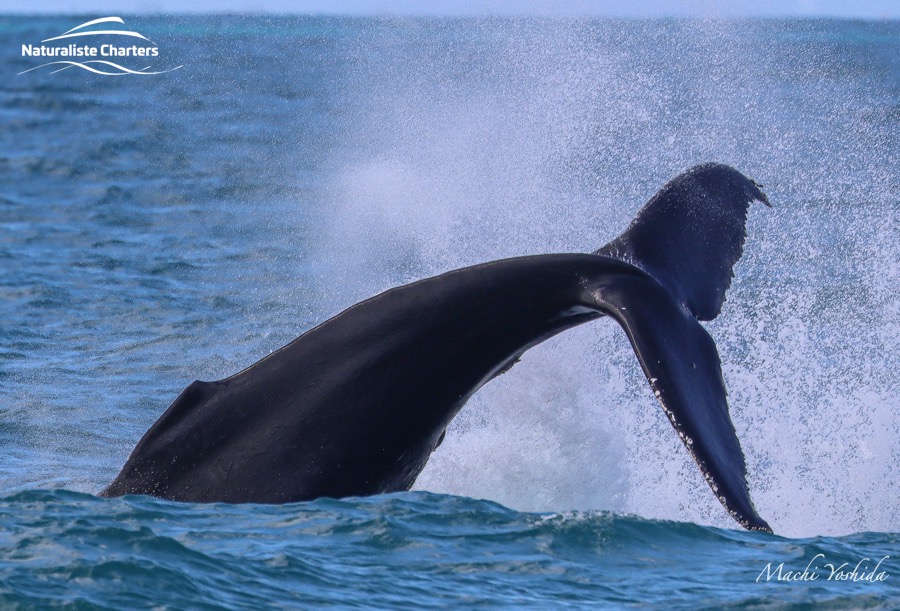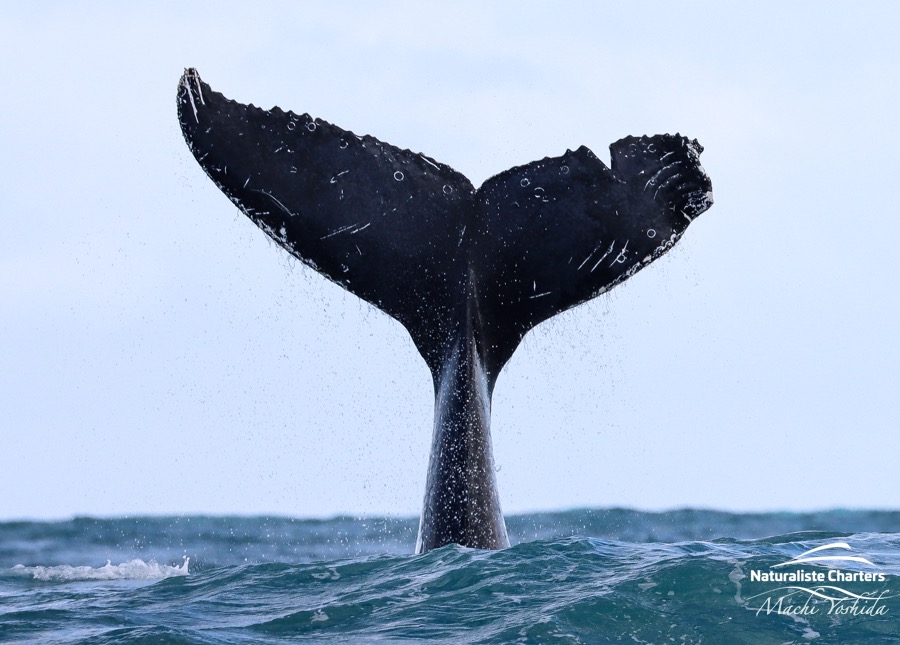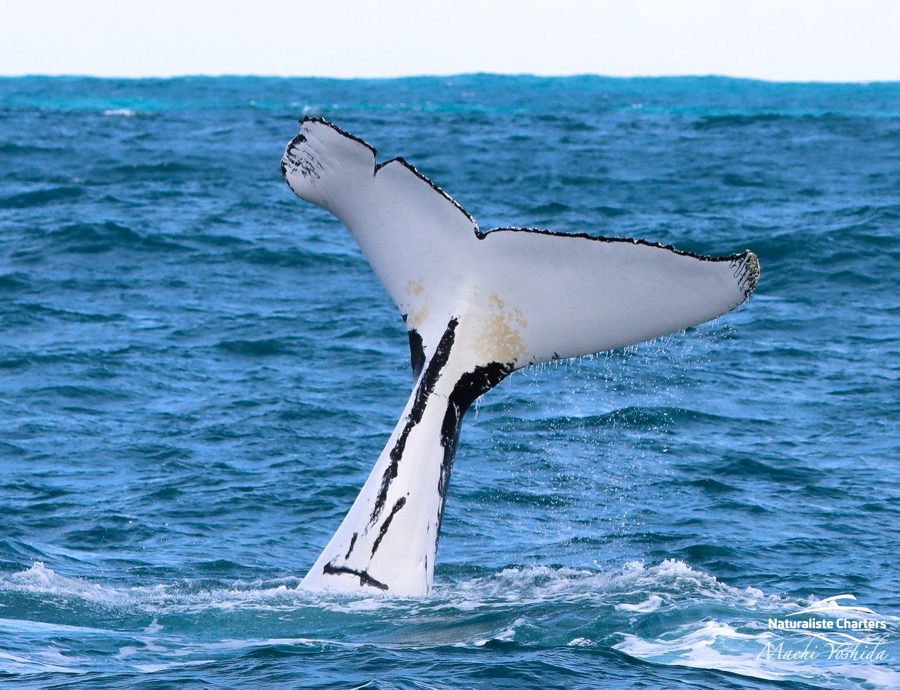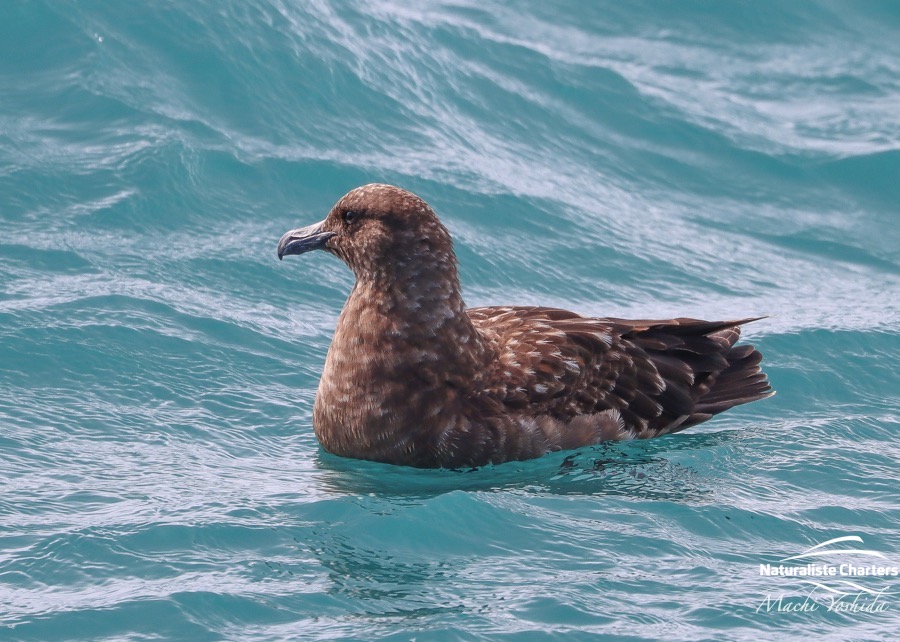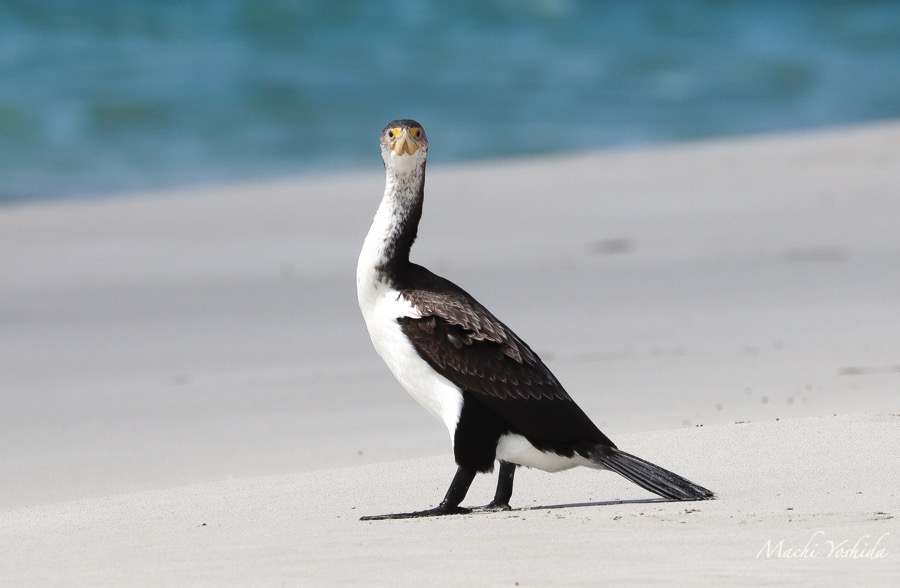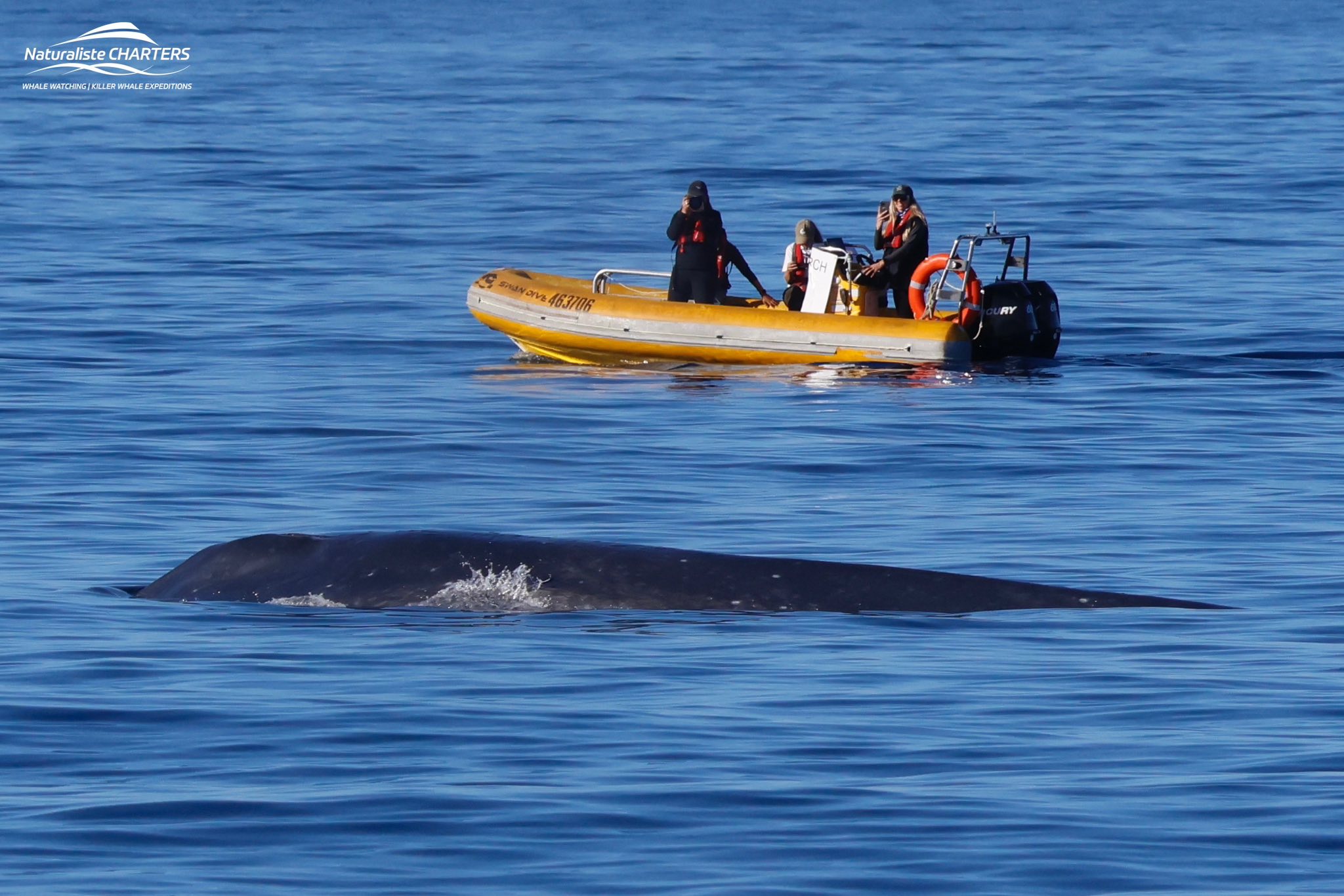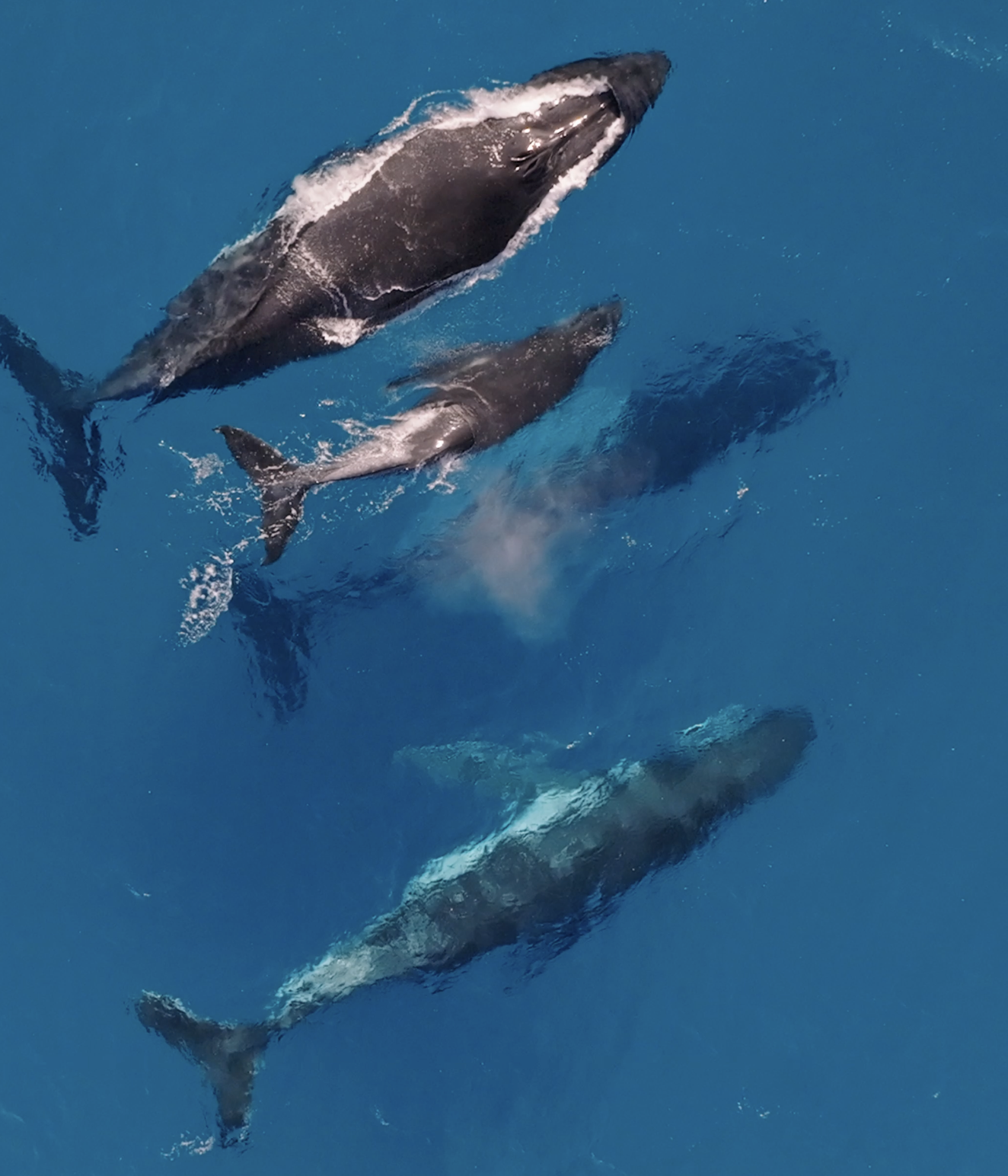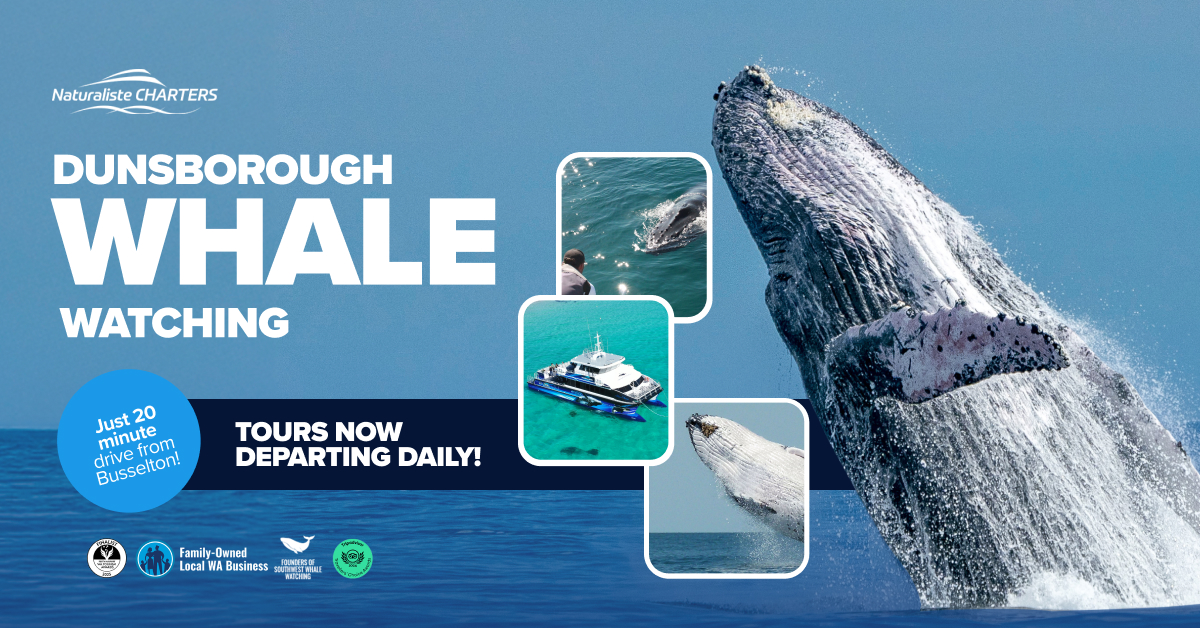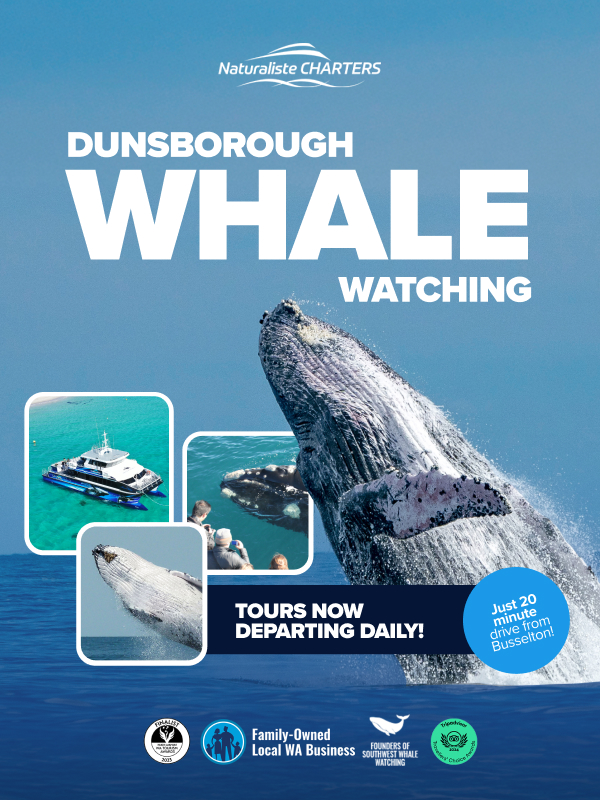September is a great time to go whale watching in Western Australia. The humpback highway is buzzing with activity up and down the coastline.
Many of the north-bound whales have made it to their calving grounds in the northern region of WA such as Exmouth Gulf and Camden Sound. Adult bulls (male whales) who have spent the migration doing the deed will soon have rumbling tummies after almost 6 months of no food! These whales will head back south towards sub-Antarctic waters in search of food such as plankton and krill. The females and their juvenile male escorts will be taking their time ensuring their newborn “luggage” has enough fat stored. For whale calves that are only a couple months old, it will be their first intercontinental crossing where the water depth plummets to a few thousand meters deep. In their first two months of life they can grow an incredible 50% of their mothers’ size, so every extra day of resting and nursing is vital.
Western Australia, or WA is known to stand for “Windy As” and this September has proven to be just that! As winter subsided, we waved hello to strong westerly winds but lucky for our tours in Dunsborough we are protected by Cape Naturaliste! When we are out in the boat we can tuck inside the cape and observe the resting whales. For those passengers who are feeling brave we head out into deeper waters and here we can find the breaching whales as they too enjoy the wild westerlies!
This past week we have witnessed the “early migrators”. These humpbacks are charging through Geographe Bay, only stopping to inquisitively observe us – observing them – then off they go around the Cape. The passengers on Tuesday were able to get an extended peek of a whale’s fluke! The flukes or tail lobes are symmetrical but sometimes they can have birth defects, marks from non-hostile barnacles or scars from encounters with a predator. The humpback on Tuesday was a perfect example of a non-symmetrical fluke because of significant scarring with a missing chunk and tear. Most likely from a killer whale predation as there is evidence of rake marks (orca teeth) in the area adjacent to the scarring. This whale was a little off balance throwing its tail around but was quite happy showing off its former battle wounds to our passengers.
This weekend is forecast to have great whale watching conditions out of both Dunsborough and Busselton, so what are you waiting for! Book now!

